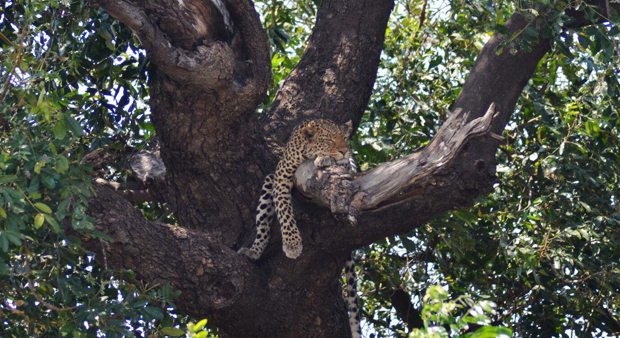

An international study published in the journal Nature Communications, the largest investigation of wildlife trends in protected areas to date, found that most protected areas around the world are successfully safeguarding wildlife. This is especially true in wealthier, more developed countries, which suggests the continued need for adequate support of these parks.
“National Parks are the cornerstone of most country’s conservation plans, so it’s essential they work as well as possible,” said lead author, Megan Barnes, a postdoctoral researcher in the department of Natural Resources and Environmental Management in the University of Hawaiʻi at Mānoa College of Tropical Agriculture and Human Resources.
The study, which Barnes did while working at the ARC Centre of Excellence for Environmental Decisions at the University of Queensland, also included UNEP-WCMC and the International Union for Conservation of Nature (IUCN). It examined 1902 populations of 556 species of birds and mammals in 447 protected areas across 72 countries between 1970 and 2010. The good news is that, on average, protected areas are successfully protecting wildlife populations within their boundaries.
Continued funding and careful management are crucial
Socio-economic conditions of the countries in which the protected areas were located were found to be far more important in influencing the success of parks than often-cited factors such as protected area size, design, or type. It was found that positive social and economic conditions supporting protected areas are critical for the successful maintenance of their wildlife populations. “It’s important to tailor protected area management strategies to social and political conditions,” said Barnes, adding that “wildlife protection needs strong national governance to be successful.”
“Unexpectedly, we also found the largest-bodied wildlife were doing the best, the giraffes and buffalo had more positive populations than smaller species like jackals,” said study author Ian Craigie from ARC Centre of Excellence for Coral Reef Studies. Co-author IUCN Head of Science Tom Brooks, emphasized that “management must target the full range of species to meet goals of halting biodiversity decline.”
The study highlights the need for effective management of parks and suggests that it is not sufficient only to create new parks to increase the area under conservation. “Reserves need adequate funding and support to protect wildlife, and need to be more than just lines on a map,” adds Barnes. Craigie pointed out, “There are still a number of protected areas where wildlife populations are declining, and these need urgent support, especially in developing nations, if they are to successfully preserve their biodiversity in perpetuity.”
—By Frederkia Bain


